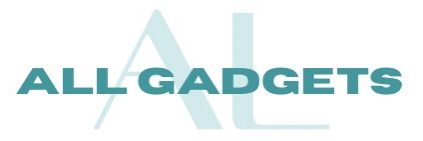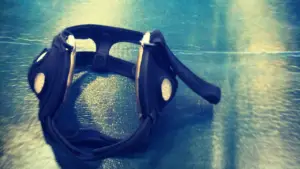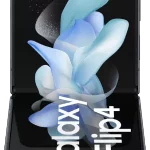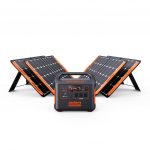Epilepsy is a condition that affects a person’s brain activity. This can lead to seizures and other serious complications. Epilepsy is often diagnosed in young children, making it difficult for parents to monitor their children’s seizures at all times. Some healthcare companies came up with useful tools and devices that help parents and those with epilepsy.
A seizure monitor device can help notify others when a seizure happens. An alarm is then triggered so that assistance can be provided. Seizure monitors, which are sometimes called alarms, can be helpful, especially for children who have seizures during the night. Whilst a monitor cannot guarantee the safety or be accurate in detecting all seizures, it can provide a level of peace of mind for some people.
Table of Contents
Why Epilepsy Patients Should Use These Devices?
A concern for a person with epilepsy is not only the seizures that are seen but those that go undetected. This is especially true for seizures a person may have in their sleep. The goal of epilepsy treatment is to use medications and other therapies to keep epilepsy patients seizure-free. However, it’s possible a person could think their epilepsy is controlled but have seizures at night.
Another concern about seizures is the risk of sudden unexpected death in epilepsy (SUDEP) I know a lot of people who died from seizures because no one was around to help them. This occurs when a person passes away suddenly after a seizure. Although the exact causes are unknown, changes in breathing (such as something suffocating the person) or heart rhythms can be a factor. By detecting seizures, devices for epilepsy may be able to prevent SUDEP.
Monitoring Bracelets.
Monitoring bracelets are wearable devices that detect and monitor epilepsy seizures using biometry and machine learning (Epilepsy Monitoring Unit). They are smart wrist bracelets connected to a mobile application via Bluetooth, tablet, or laptop to monitor epilepsy patients.
Wearing a MedicAlert bracelet is important for people with epilepsy. This allows emergency medical providers to quickly identify a person with epilepsy and get in touch with emergency contacts. A number of seizure alert devices are available. These range from traditional metal bracelets to soft, silicone bracelets. Some people also wear dog-tag-style necklaces that read “epilepsy.”
Some companies, such as American Medical ID, will engrave a personalized number and website for a healthcare provider to go to. The website has a medical record of the person wearing the bracelet. This allows fast access to medication lists and health information to help a person receive fast medical care.
Monitoring Watches.
Smartwatches for people with epilepsy can detect movements that may indicate a person is having a seizure. These watches can have a variety of features. Some sound an alarm to signal for help. Others send a message to a caretaker with a person’s GPS location.
One example is the Embrace smartwatch, which can be worn on a person’s wrist or ankle. The watch detects involuntary movements and alerts caregivers when a person may be having a seizure. Another option is Night Watch. This watch can issue seizure alerts to caregivers with a GPS tracking system.

These are just two examples of wearable tech that’s on the market. According to the American Academy of Neurology, there are several other devices on the horizon for monitoring people with epilepsy. The Biostamp is a new sticker-like device designed to be worn on the body. It can transmit information on heart rate, temperature, and neurological activity depending on where it’s placed. Currently, the Biostamp is still in the research phase.
Monitoring Cameras.
A camera device is another choice for keeping an eye out for seizures in a person. These devices use a remote infrared camera to detect motion. The camera will sound an alarm if a sleeping person exhibits odd movements, such as shaking seizures. The SAMi is one type of seizure alert camera. This gadget will videotape a person’s seizure and send a notification to their phone. This can aid medical professionals in understanding the seizure and give them more details about its type and nature.
Mattress Devices.
Mattress devices are placed under a person’s mattress. The shaking during a seizure will create vibrations that trigger an alarm. The Emfit MM sleep monitor and the Medpage movement alarm are two examples of mattress gadgets on the market. Parents who worry that their child might suffer a seizure while sleeping without them knowing can find comfort in these monitors.
Anti-suffocation pillows
Sudden unexpected death in epilepsy (SUDEP) is a result of suffocation. For those with epilepsy, anti-suffocating cushions are offered to prevent suffocation. The Sleep-Safe pillow is one illustration. This pillow is intended to stop airflow around a person’s nose and mouth from being blocked. The pillows can be transported anywhere even if they are made in the United Kingdom.










[…] (2) Video Chat Apps […]
[…] easy to assemble, and can be installed in any shape or size of the pool. The Inter-Fab Duro is available in 8′ and 10′ lengths, so you can choose the one that suits your needs best. It’s […]
[…] way to get around, but they’re not always the most comfortable option. If you’re looking for an electric scooter that will support your weight and make you feel comfortable. Here are some of our […]